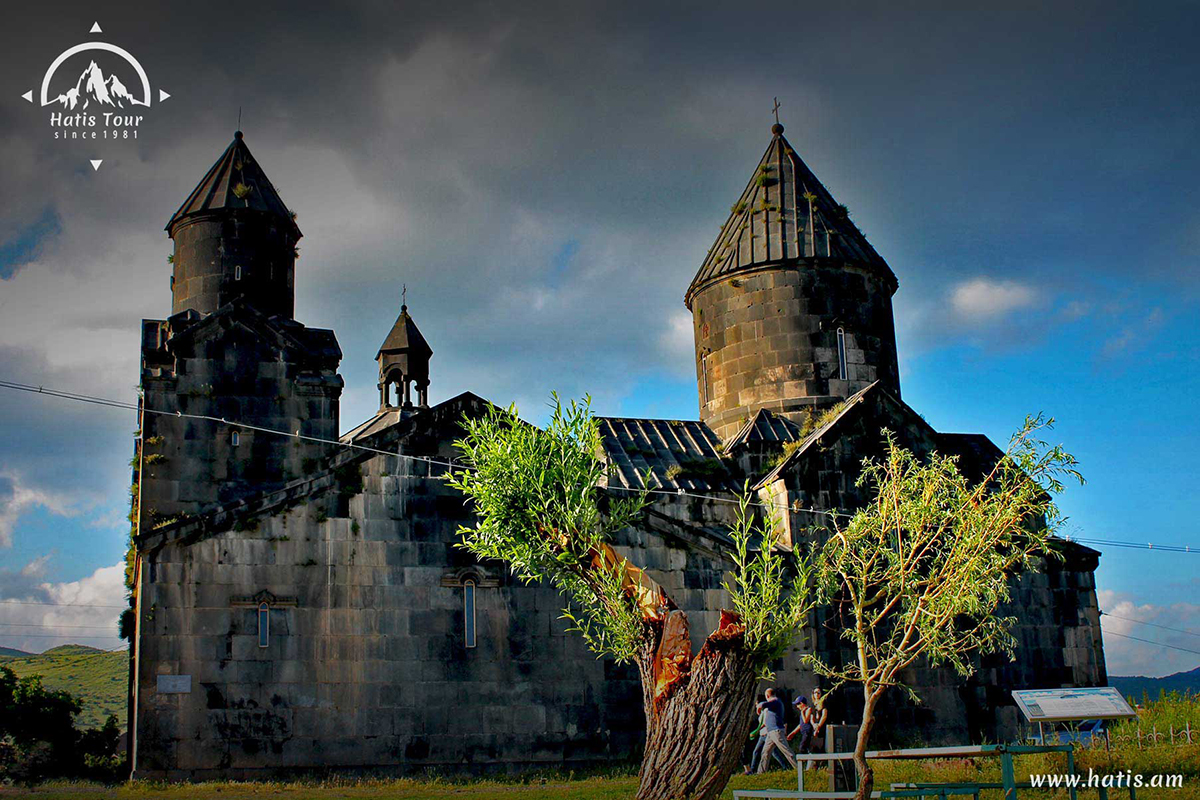.webp)
Etchmiadzin Cathedral the main religious structure of the Echmiadzin Catholicosate of the Armenian Apostolic Church. It is located in the city of Vagharshapat, Armavir region, Armenia. According to scientists, it is the first Cathedral (but not the first church) of ancient Armenia and is considered one of the oldest Cathedrals in the world. The church was built at the beginning of the fourth century, in the years 301-303, after the adoption of Christianity as the state religion, by order of Gregory the Illuminator. It was built on the site of a pre-existing temple, symbolizing the transition from paganism to Christianity. The main part of the current structure was built by Vahan Mamikonian in 483/4 after it was severely damaged during the Persian invasion. From its construction until the second half of the fifth century, the cathedral was the residence of the Catholicos of All Armenians.


.webp)
.webp)
.webp)
.webp)
.webp)
.webp)
.webp)
.webp)
.webp)
.webp)
.webp)
.webp)
.webp)
.webp)
.webp)
.webp)
.webp)
.webp)






.webp)
.webp)
.webp)
.webp)
.webp)
.webp)
.webp)

Leave a comment